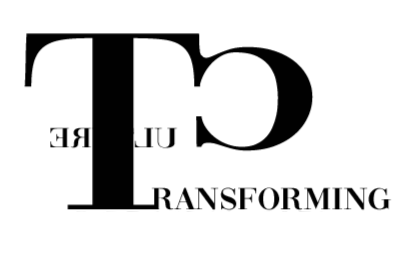Workplace Violence and Collective Action
- EXCLUSIVE TCC ARTICLES

- Nov 3, 2022
- 2 min read
Cindy LaCom

COVID –19 changed the way many of us work, with millions working remotely while having to navigate new challenges, from helping our children learn at home to figuring out new technology to dealing with isolation. Though it’s likely that the workplace in its pre-COVID state is forever altered, more and more of us are in fact returning to the work place while having to learn to negotiate new workplace culture and etiquette. And that’s stressful.

STRESS & VIOLENCE IN THE WORKPLACE: NOT A GOOD MIX
A recent report notes that “Highly stressed employees can potentially bring violent behaviors to the workplace,” so perhaps it’s no surprise that 1 in 7 people don’t feel safe in the workplace. And the pandemic has changed things -- 59% of workers report that colleagues are ruder compared to pre-pandemic time, and HR is increasingly having to decide how to handle political discussions at work as political polarization becomes more marked.
There are individual and organizational costs to workplace violence. Violence is the third leading cause of workplace death, and bullying can increase stress and demoralization but can also have physical consequences. According to a recent article in Forbes, workplace violence costs businesses between $250 - $330M in losses annually.

TAKING ACTION
Workplace violence can take a big toll, but there are a number of action steps we can take to diminish the likelihood of its impact:
● Create or revise workplace policies and procedures in the event of workplace violence
● Educate employees on those policies and update trainings regularly
● Communicate unique risks employees in a particular business might face (for instance, men and women face different risks, and workers in the service industry and the healthcare field face high risks of violence from customers and clients)
● Provide tools to recognize warning signs and respond appropriately and safely
● Establish clear reporting guidelines and create a culture where workers feel safe and comfortable reporting their concerns
● Track engagement over time to ensure that nobody is left out (we have tools to help)
>> It’s imperative to recognize and address barriers to reporting workplace bullying, harassment, or violence, especially since many workplace incidents remain unreported.
Together, employees at your organization can diminish the likelihood of workplace violence and work together to create and sustain patterns of communication, support, and effective policies to create an empowered workplace culture.
How TCC and Lattitude Can Help You Create a Safer and More Productive Workplace
TCC and Lattitude help organizations by assessing current practices and using those assessments to tailor trainings to address gaps. Our expertise in culture transformation, mentoring, and employee engagement can help your organization be safer, more productive, and more empowered.
A LITTLE ABOUT US
We bring combined experience in HR, diversity building, effective communication, mindset management, and culture change. We bridge a number of worlds, from business to the nonprofit sector to higher education. This gives us the perspective to work in any industry to support the creation of an empowered culture.
HOW CAN WE SUPPORT YOU?
Are you struggling with the consequences of the Great Resignation and the Quiet Quit? Do you want solutions that can work for your company and strengthen your organization?
Start by watching our short webinar,
REFERENCES








Comments